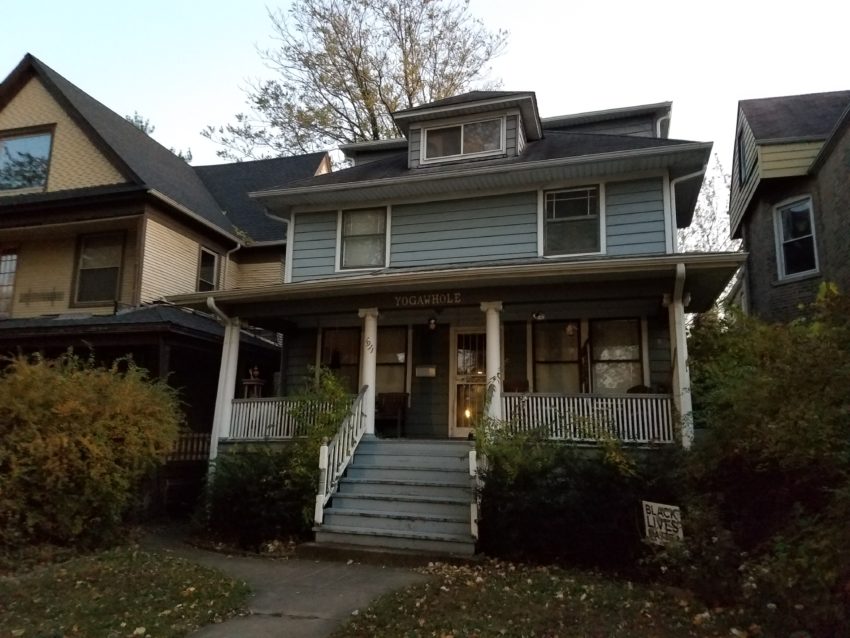It is definitely possible to accomplish a net zero energy and net zero carbon home within a reasonable price range. There is nothing special, complicated, or magical about it. Here are nine simple steps that you can use on your next home construction or renovation project and estimates of their associated costs. Please note that your actual costs may vary widely from these numbers depending on your location, time of year, labor availability, material prices, your schedule, the size of your house, and a wide range of other factors.
1. Thick to very thick insulation. Depending on your climate, construction, and many other factors this may add between +$5 to +$25 per square foot of wall, roof, and floor surface area installed. For a 1200 square foot (SF) single level 2 bedroom 2 bathroom house this is about ~= 3800 SF of surface area. This is probably one of the largest single expenses for energy efficiency coming in at an added cost of +$19k to +$95k per house but it also requires no further energy input or maintenance and passively improves the comfort, resilience, and durability of your home if done correctly.
2. Air-tight envelope. The cost for an air-tight envelope is included with insulation above because they come as a package.
3. Double Pane or Better Windows and Doors. Since double pane windows are pretty much standard these days there is no added cost to this. If you really want to up your performance it may cost an additional 10% to 30% for that triple pane efficiency.
4. Energy Recovery Ventilator. Also known as ERVs or Heat Recovery Ventilators HRVs these units can cost between $3000 to $5,000 installed. This includes the cost of duct work.
5. Heat-Pump Ductless Mini-Splits. For everything requiring heating or cooling the ductless mini-split is the way to go. This one actually saves you money, in particular on new construction because now you only have one appliance for heating and cooling instead of a furnace and a separate AC unit. In addition, when compared with units of the same SEER rating, ductless mini-splits are comparable to a traditional AC in terms of cost and you save at least $1,000 just for the furnace unit you don’t have to buy. This doesn’t even include savings on duct-work, gas pipes, inspections, labor, coordination efforts, and construction time.
6. All Electric Appliances. The cost add depends completely on the appliances selected but for most mid-range price points on kitchen and laundry appliances the cost is comparable at $700 to $2,000 per appliance. For hot water heaters it is around $2k to $4k more expensive than a standard gas or electric hot water heater which is around $500. Installation cost is identical for all appliances.
And to make sure you aren’t burning coal, natural gas, or radioactive shit to get that electricity you need one final crucial step.
7. PV Array. (Only if you want net-zero on-site energy, increased resilience, or off-grid potential). This can be free up front if you lease the system. If you want to buy it up front it is around $1k to $2k per kW of power installed. To power a typical house in the U.S. you will likely want a 10kW or larger system for your home. Alternatively you can purchase renewable energy credits.
+Battery Back Up These will cost +$10k to +$20k per 10-13kWh battery. If you really want to go off-grid you may need three or more of these.
After you have done all of the above you will realize that for a one time up-front additional cost starting at just $30,000 over traditional industry standard methods you don’t need fossil fuels in your home anymore and you can cut your monthly on-site energy usage by around 75%. That said, not everyone may be able to afford such a large increased cost in an already pricey home. In those cases where the added costs are too much to implement all of these interventions at once, you can still make a huge dent in your carbon footprint by implementing any one of these changes. Such an arrangement is particularly suited to renovations where you can change each appliance or system as the older systems or appliances break or need repair.
For more detailed information, please check out some of the other articles by others and some that I wrote on this subject.
https://cleantechnica.com/2020/10/20/the-high-performance-all-electric-home/

